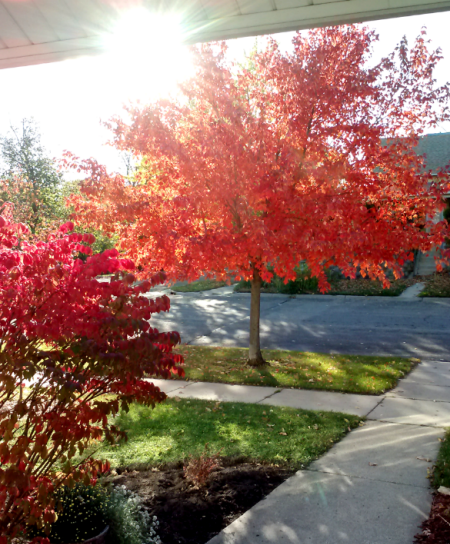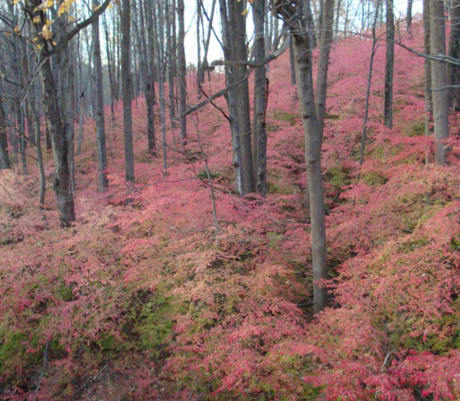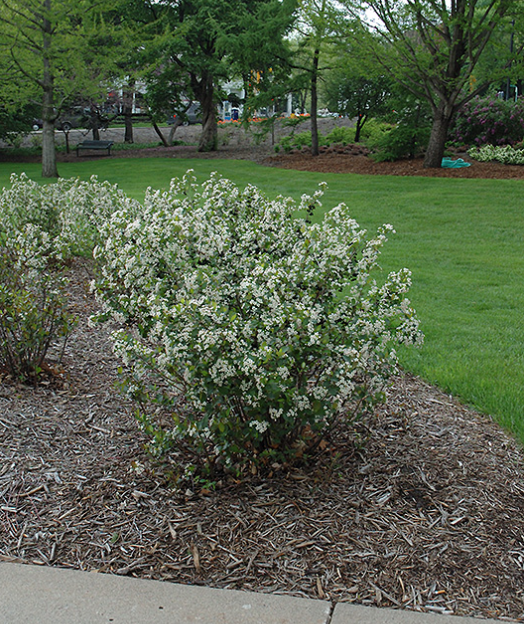Click below to listen to my 2 min. radio show/podcast: The finale for the Winged Wahoo
This is the last year you can purchase a Winged Wahoo in my state, Minnesota. I had never heard that name for the shrub more commonly know as Burning Bush. However, it is FUN to say “winged wahoo”. Maybe since ‘Wahoo’ is a favorite word of mine!

In 2020, the Minnesota Dept. of Agriculture named the Euonymus alatus (Burning Bush) their October Weed of the Month.
Here’s a very quick video from the University of Iowa Extension:
Minnesota added it to their Noxious Weed List as a “Specially Regulated Plant”. They gave our local Nurseries and growers three years to phase them out.
As of January 1st, 2023, the species will move to the Restricted Noxious Weed category, meaning it will be prohibited from sale, propagation, and transport in the state of Minnesota.

We’re not alone, Wisconsin names it an invasive and has classified it as Restricted. Turns out that beloved red flame of a bush invades forests, open woods, forest edges, pastures, prairies and roadsides too. It’s been reported as invasive throughout the northeast and Midwest.

The shrub has been planted for decades as it tolerates full sun and full shade, adding a beautiful Fall color and it’s flair with winged bark. The problem is, it takes over as a prolific seed producer with high viability, meaning invasive!

White-tailed deer are not fond of it which leads to greater browse damage to native herbaceous plants and other desirable species. Burning bush was introduced to North America in the mid-1800s as an ornamental shrub, which made beautiful foundation plantings. It has been naturalizing itself in native areas outcompeting native vegetation and reducing plant diversity in the understory of forest areas.
Two great alternatives are Glossy black chokeberry and Regent serviceberry.


